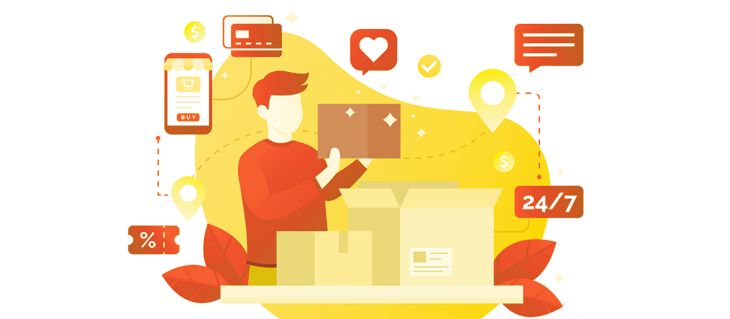What Should You Do If Your eCommerce Store Is Still on Magento 1?

Magento 1 end of life is coming... what does that mean for your eCommerce store?
In the world of eCommerce, there are news events that come up that have everyone talking. Recently it’s that the official support for the Magento 1.x versions will stop after 2020. Currently, there are 55,362 customers on Magento 1.9, meaning by 2020 over 55,000 will have to figure out a game plan.
So it seems like what to do is obvious: get off of Magento 1. But is the best option moving forward to migrate to Magento 2 or find a new platform totally? As eCommerce experts, we’d recommend a few things for you to consider when it comes to your next steps, but first let’s learn a little bit more about Magento 1, Magento 2, and the changes.
If you need to get off Magento 1 ASAP we've put together a package to help you out. Read more about it here.
Why Do I Have to Change?
Support for any type of Magento 1 will stop at 2020. This doesn’t mean your site will immediately go down, it just means that if any bugs or hacks occur, support will end. As eCommerce stores that deal with other people's money, we wouldn't recommend risking it by not making the switch. That means it’s the best idea for you to replatform… now.
What Are the Key Differences?
Magento was acquired by Adobe in 2018 which brought a lot of speculation as to if Magento 2 would be a headless or Saas platform. It ended up being a PaaS (Platform as a Service) which means that you are able to manage applications and data, but runtime, malware, O/S, storage, servers, and networking are managed by them. The benefits of PaaS vs on-premise or SaaS depends on what type of business you have.
Magento 2 addresses a few of the issues that they seemed to have on Magento 1 including the following:
- Supports CSS3, HTML5 and MySQL
- Mobile Friendly
- Simplifies checkout from six stages to two
- Supports the latest PHP versions
- Better non-technical UX interface
These improvements are obviously great compared to Magento 1, but it is important to take a step back and look at a few of the considerations you’ll have to make when it comes to these changes.
What Do I Need To Know About Migrating from M1 to M2?
1. You Will Have to ReDevelop Your Site
It’s important to note that there’s not an easy path to migrating over - no push of a button, software, or wave of a magic wand will make it a quick and easy path. It’s important to understand it’s replatforming your entire site - just like if you decided to move from Shopify to BigCommerce.
2. There's a New Cost of Hosting
There are three different types of Magento 2 - Open Source which is free to license (although you have to pay hosting, development and design costs), Enterprise Edition, which can go from $22,000- - $125,000 a year and Cloud Edition which is $40,000- $190,000.
3. Design Changes are Required
If you’re using a Magento 1 theme, you won’t be able to transfer your theme over to Magento 2. It will either need to be built from scratch or you’ll have to wait until new themes come out and find one you like. It is important to factor this into your redesign cost.
4. Third Party Extensions Aren’t Guaranteed to Work
Like most eCommerce websites, you probably have a few third-party extensions or plug-ins that your store uses. Since Magento 2 is built on a different framework, you will have to repurchase and reinstall quite a few of these applications.
Things Have to Change
Our friends at BigCommerce gave a great comparison when it comes to re-platforming that you should consider - “Think of it as like moving into a new house. Perhaps you loved your old house, even if it had some flaws. After a lot of work, your furniture fit in it perfectly. You would love to buy a new house that’s exactly the same and move your furniture into place exactly as it was.
Unfortunately, your new house has a different layout. Some aspects may even be better than your last house, but the look and feel has changed. You will need a clear plan and competent movers in order to get your furniture in the right rooms. You will also need contractors to make the house look like you want it to.”
What are your options?
We’d recommend you use this as an opportunity to take a step back, assess your needs, then see what your options are for moving forward for eCommerce platforms. Since you will have to re-platform no matter what - take a second to look at what you need in terms of flexibility, cost, and ease of use.
Do you need unlimited product attributes? Then avoid Shopify and check out BigCommerce or Magento. Need something quick, easy and templated to throw a website together? Check out Shopify! Thinking about Headless or a powerful SaaS platform? Then do your research on BigCommerce and they’re growing capabilities.
We can’t tell you what your best option is… yet.
We want to sit down with you to figure out the best recommendation as you move forward rather than sell you something blindly. Give us a call at 206.384.4909, fill out our contact form, or shoot us an email and let’s talk through your needs.